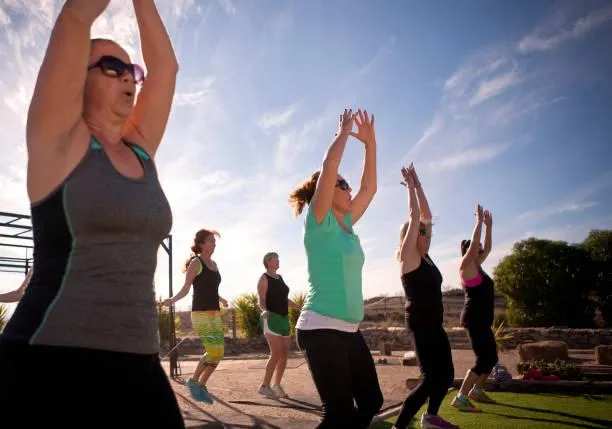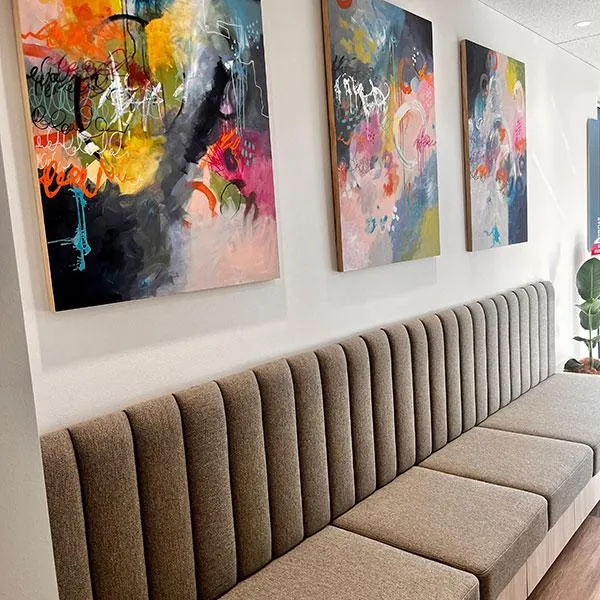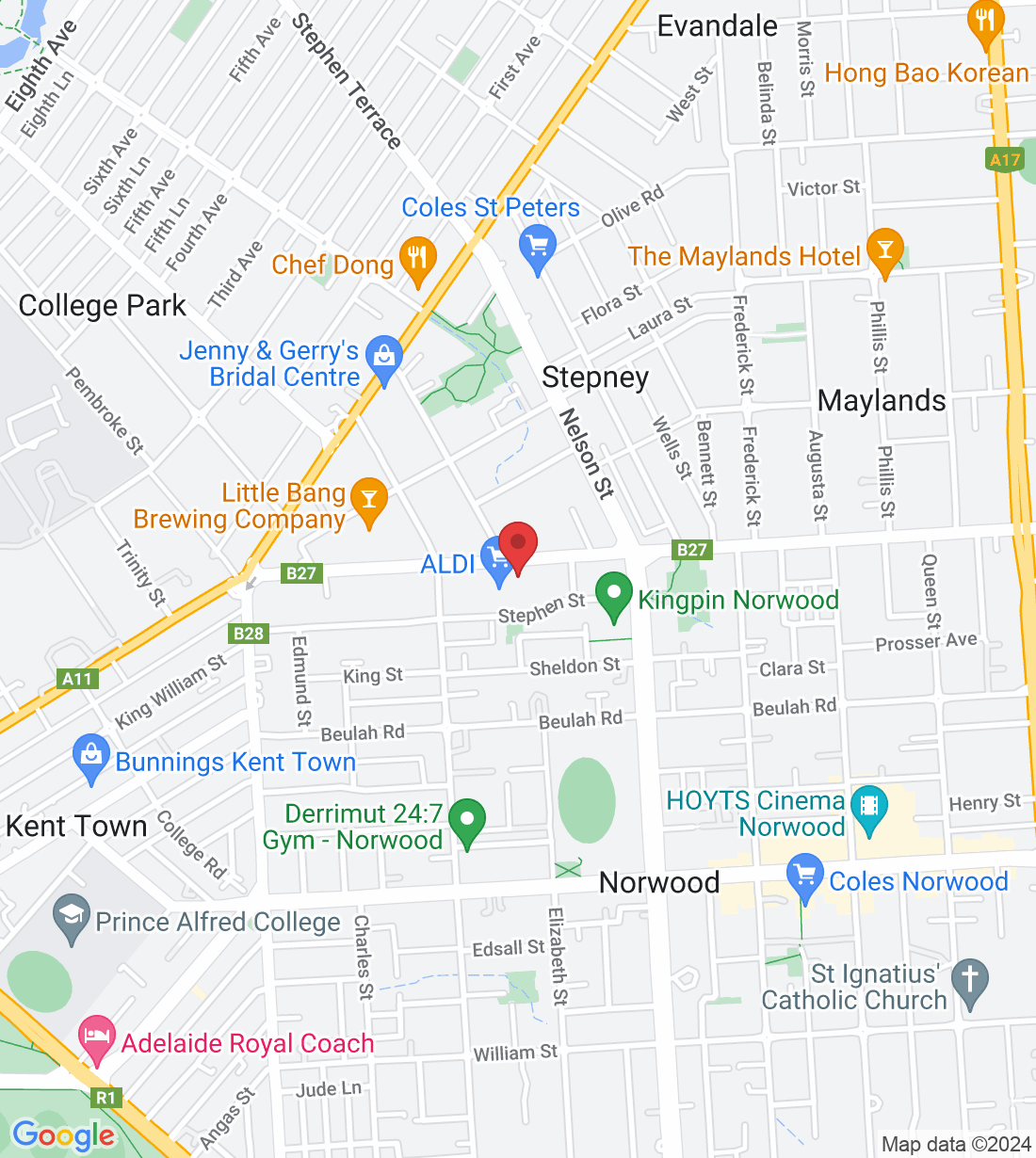
I like big GLUTES and I can not lie.
A wise man once said, “I like big butts and I cannot lie.”
While Sir Mix-A-Lot was most likely referring to the aesthetics of the hindquarters, we physios are equally keen on a lovely pair of functional glutes. The gluteal muscles (your gluteus maximus, medius and minimus - hereby ‘glutes’) are a literal muscular link between your upper and lower body, and therefore have a huge role in stability and movement.
They’re such a big deal that they’re often considered a ‘core’ muscle, alongside your abdominals and pelvic floor. So, we need them to be working properly if we want to make the most out of our life and health.
In this blog, I will explain what the roles of the glutes are, why glutes are commonly underactive, what this underactivity can lead to, and ways to get started in strengthening them.
The role of the glutes
As Sir Mix-A-Lot so eloquently describes, biologically, the typical male attraction to women with larger glutes stems from the association of their wider hips with the ability to childbear. However, turns out the glutes have many more functions:
● Support nearby structures - the glutes help support the lower back, the pelvis and the hip, through their connection to these joints or other nearby muscles.
● Support whole postures - the glutes help prevent excessive forward leaning or rotation of the lower back, and keep the pelvis still when standing on one leg (pivotal for you runners out there).
● Movement - the glutes produce considerable force and power for moving the hips, necessary for day-to-day tasks like picking up a box or child, more explosive movements like sprinting and jumping, to anything in between.
So, the glutes play a major role in stabilising/controlling the body when it needs to be more still, and moving the body when it needs to be more mobile – beyond just aesthetics. But, you know, that doesn’t rhyme as well (!)
Why are my glutes underactive?
To clarify, there are many different types of why a muscle may be ‘underactive’ for its role:
● Weakness - a muscle can simply be weak because it isn’t used much or trained.
● Inhibited - a muscle does not activate because there are pathways in the body, brain and spine, that can turn them off, usually as a form of protection or muscular imbalance.
● Delayed - like inhibition, a delay in recruitment means the muscle does fire, just not with the readiness that it is meant to.
It’s important to recognise the difference between ‘weak’ and ‘underactive’ here.
I have a lot of patients who are told that ‘they have no glutes;’ this is highly unlikely. You need your glutes for basic function, like getting up from a chair and walking, so, you do certainly have them. It is often that these muscles aren’t actually weak per se; it’s just that the connections from the brain aren’t firing the glutes, but instead other muscles or pathways. While this might be fine in the short-term, when we start to get to heavier loads or longer runs, it’s common for issues to arise, because these other muscles just don’t have that same capacity or role that you’re asking them to do.
In delayed or reduced glute activation, we see a few common culprits:
● Tight hip muscles - when people sit a lot, their hip flexor muscles become tight, and the opposing muscles (the glutes) don’t function as optimally. Over time, this results in underactive glutes. Similarly, tight glute muscles themselves, most often from consistent gripping, can also make the glute muscles hard to activate, as they’re too exhausted to work when they need to.
● Muscle imbalances - in patients with dominant lower backs, hamstring or calf muscles, the motor pathways from the brain encourage the use of these muscles instead of the glutes, creating a maladaptive movement pattern.
● Pain - pain in areas such as the lower back, hip, pelvis, or even as far as the ankles, is shown to inhibit or delay glute activation. This inhibition tends to linger even after the injury has healed. Just today, I had a patient with lower back pain after a deadlift in the gym, and her testing showed she struggled to squeeze her left glute. This could either mean a) her glute has been inhibited after the injury, or b) her muscle was always just less coordinated, most likely contributing to her injury. Either way, work to do for the short- and long-term!
So, given that underactive glutes can result from a variety of muscular imbalances or from pain, it is a very common presentation in our patients, and addressing it can be pivotal for their longer-term recovery.
What can underactive glutes lead to?
Beyond Sir Mix-A-Lot’s disinterest, underactive glutes are commonly seen alongside injuries such as:
· Lower back pain
· Pelvic floor dysfunctions
· Hip pain
· Hamstring strains
· Front knee pain
· Ankle sprains
This is because, if the glutes aren’t strong enough, it typically means that other muscles or joints, ones that don’t have the same capacity, are doing more work than they should be, and so they get injured.
Also, underactive glutes are correlated to overall weaker athletic performance – the glutes are strongly associated with your jump height and your sprint speed.
So, what can we do about it? How can we wake the glutes up?
Waking them up
My favourite way to test if patients can activate their glutes is by simply squeezing them.
● Can you squeeze both butt-cheeks? Can you squeeze each one individually, and alternate?
● What about the actual activation - do they feel different? Do you feel your thighs or lower backs joining in? Does one start to tremble after a few seconds?
If you’re struggling here, then this is a great place to start - just practising squeezing.
Another good exercise is your glute bridge:
● Remember, this is an activation exercise, so what do you feel turning on? Is it your glutes, your lower back, your hamstrings, your calves, your knees, your thighs? If you’re struggling to feel your glutes here, there may be some inactivity to consider.
● If you can feel your glutes, let’s make it harder. What happens if you try a single leg glute bridge? Does the movement feel easier on one side compared to the other? Does one hamstring take over or start to cramp? Does the lower back kick in? Lots to consider and explore.
These are usually good starting points for the basics, but your Vital Core physiotherapist will be able to progress you further and make the exercises more functional and relevant for you as you need. In the meantime, here’s an example of me trying to do a glute bridge.
My hips are level when I do a double-leg glute bridge, and can feel the glutes more than anything else - great.
When I use my left leg only, I can still feel that glute, and still level hips - outstanding, Thomas.
However, when I just use the right side, not only does my pelvis drop, but I feel my lower back kicking in, and struggle to feel the glute. This indicates that when I try to push with this leg, I’m not working as efficiently with that glute as I could be.
Conclusion
So, the glutes go beyond aesthetics. They provide a major role of stabilising the pelvis and moving the body; they are often found underactive through pain or lifestyle; and underrecruitment of the glutes can lead to multiple overload issues. With a few tests and exercises, we can wake them up to help you move with more control, more strength, and less pain.
So, if you feel a roadblock to your exercise goals; feel your lower back, hamstrings or calves too frequently injured; or find any telling results from the above tests, give us a call so we can help you get you moving optimally and safely. And I’m sure Sir Mix-A-Lot would be proud of you too.
Ask a question of Vital Core Physiotherapy
Fill in the form to request a Call From Our Team
One of our team will call you for FREE and answer any questions or concerns you may have about your condition
© 2023 Vital Core Physiotherapy





